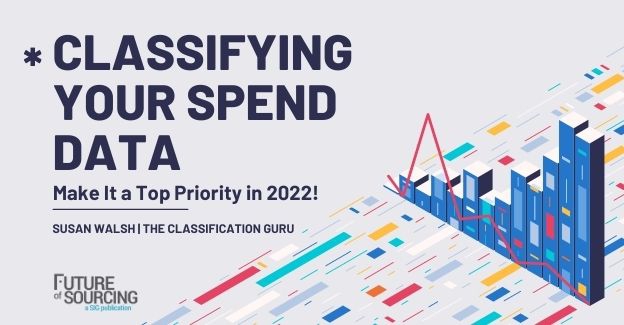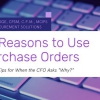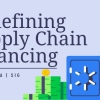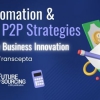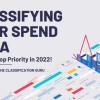Classifying spend data can often seem like a huge and overwhelming task, says Susan Walsh, The Classification Guru, but you shouldn't push it down on the priority list. She shares why you need to make it your top data priority in 2022 and shares examples of costly mistakes.
Classifying spend data can often seem like a huge and overwhelming task, especially if you’re starting from scratch and, more often than not, it’s a task that gets pushed further and further down the priority list.
You may even already be thinking about it, or can’t justify the time or resources, or it might be something that you think is just a complete waste of time. But I’m here to tell you why you need to make it your top data priority in 2022!
Why Your Data May Not Be Accurate
First of all, let’s set a bit of a scene here: It’s April, which means it’s budget time and as far as you can tell everything is under control. It must be because the bottom line balances out, right? You’re in the black and life is good.
But are you really getting the full picture?
The answer is probably not. Just because everything all balances, in the end, doesn’t mean there are not huge (and costly) mistakes hiding within the depths of your spend data and you’ll never know unless you accurately classify it.
“But that’s what GL codes are for,” I hear your cry. I’m afraid not. If you're only using your General Ledger codes, I can guarantee that they are wrong!
Now, I know that’s a bold claim, but it is based on years of experience working with GL codes. More often than not they’re used by people who don't necessarily understand or know what they’re logging or the importance of accuracy.
The result? Items logged under random GL codes by people who think it all shakes out to the same anyway, when we know that’s not true.
Other Considerations
Let’s look at an example. Karen in marketing has maxed out her budget, but she’s just placed an order for 5,000 new leaflets to be printed. How? In my experience, Karen snuck her order into someone else’s budget.
Think about marketing and sales – two different departments, with two different budgets, but would an order for 5,000 leaflets really look out of place in a sales budget? Probably not, unless you look a bit closer.
And this means you're not really getting a true picture of what's going on at ground level or what you might need for specific areas of your business. You can’t increase the marketing budget if you don’t know they’re spending it all.
We also, unfortunately, need to mention the possibility of fraud or embezzlement. It’s not pleasant to talk about and no one wants to think the worst of their staff, but it can and does happen.
Someone may have tried to mislead or take advantage of you in some way and if the spend data is messy or they’ve been clever, it can be very difficult to spot. This is why it is also a very good idea to have an external party look over it because then nobody has a vested interest in hiding what's in the data – they’re just classifying it!
Now, I’m not saying it is a quick and simple process, good classification can take weeks. But it’s worth the wait when you get back your brand new, shiny data set with all this new and organized information and the benefits of doing so are endless.
Most importantly, you will be able to really see where exactly you are spending your money and what on. You’ll also be able to find out if you could or should be negotiating better rates with your suppliers.
Once your spend data has been classified, I would also highly recommend taking a refresh on your processes because, as I said before, I can almost guarantee something will have been flagged up during the classification process which indicates spend isn’t being accurately logged.
Ultimately, it’s all about saving you money and that’s no bad thing for anybody and given the current climate, it is so important you know where the money is being spent. So, although you may be put off by the upfront cost of having your spend data classified, it will save you money in the long run and the benefits to your business are pretty massive.


